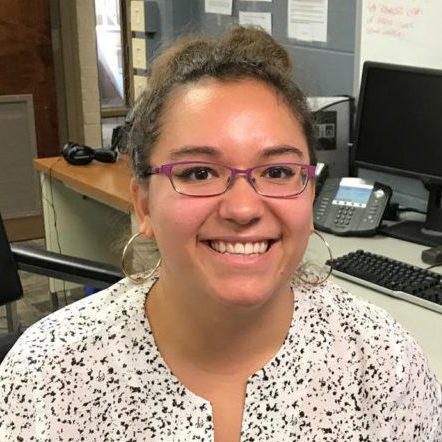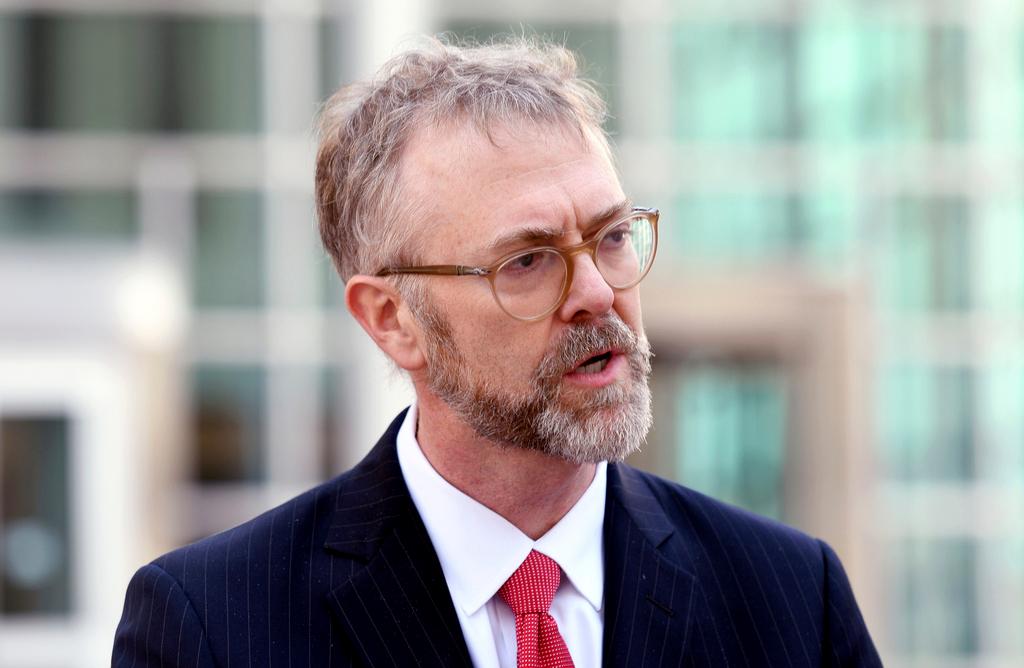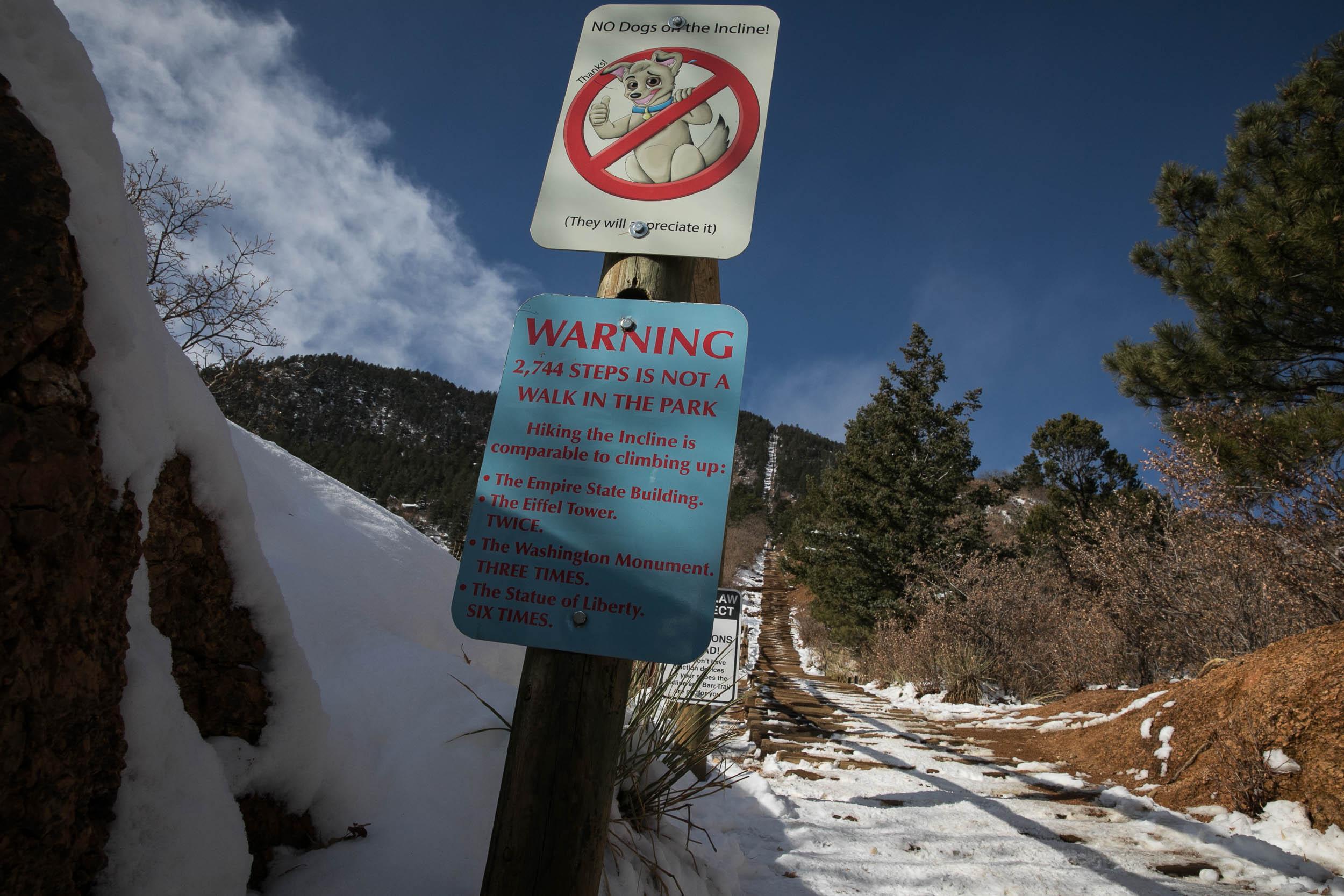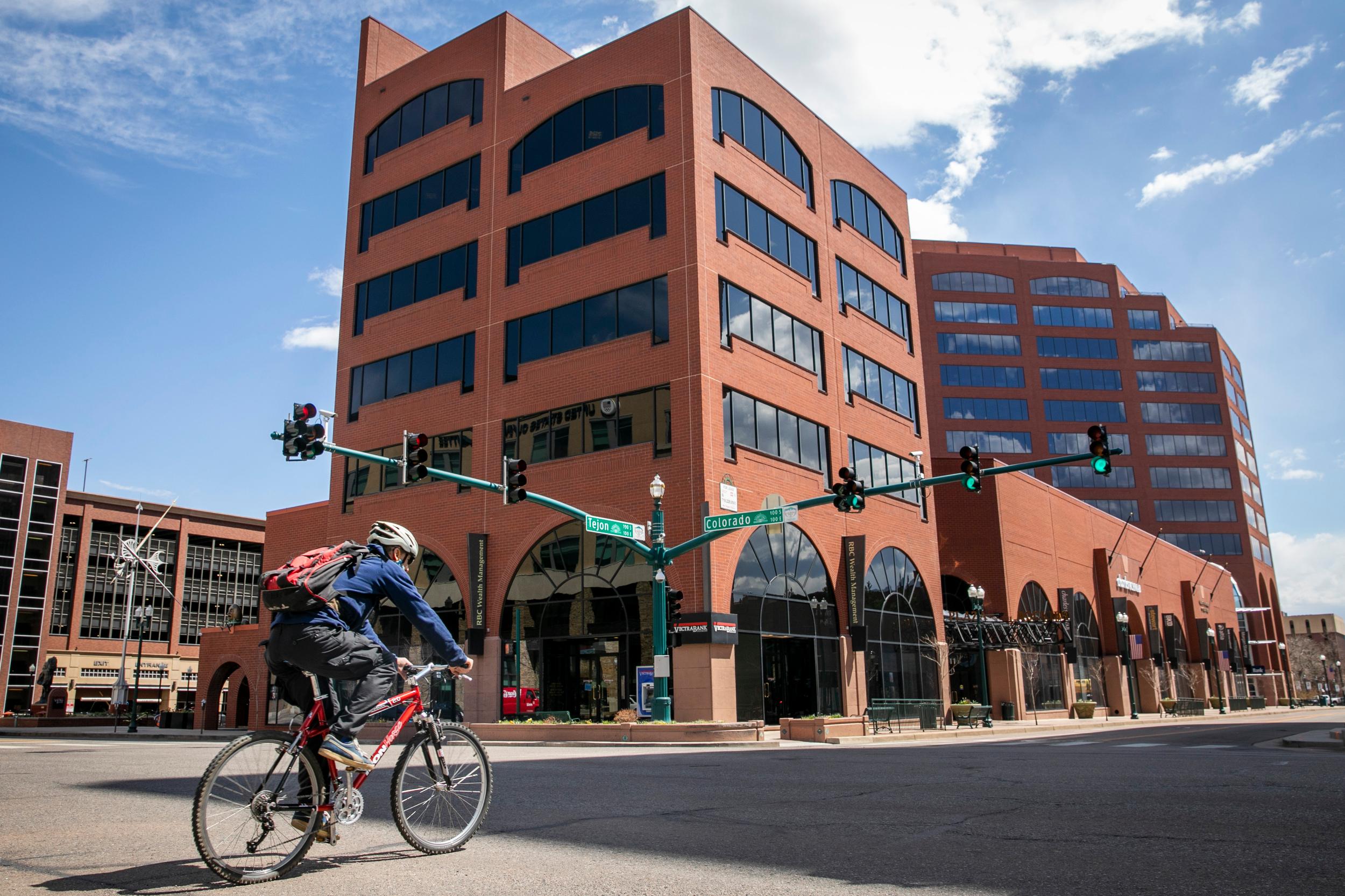
Olga Tidwell got her first apartment in Colorado Springs last fall.
"It's just a small little one bedroom, but it actually has so much room," Tidwell said.
She shares a backyard with her neighbor and her place is close to downtown. The only downside is that the summers can get hot with no air conditioning.
"That's the sucky part. Like, that ---- sucks," Tidwell said.
She ran some fans, but one shorted out all her electrical outlets, plus her neighbor's power. They had to reset the whole circuit.
Electrical mishaps aside, Tidwell said she's glad to have a place to call her own. It's one of the only places she's felt safe in a while. She said when she was young, she experienced abuse and her parents didn't accept her bisexuality. She left home at 18.
After living in shelters, with friends, and outside, Tidwell said she's glad to have settled in a place where people know her name.
"I wish that more people had that kind of opportunity to be in one area. And to have like, a community they can trust that they can go to," Tidwell said.
The Department of Housing and Urban Development (HUD) reported last year that about 35,000 people under the age of 25 were experiencing homelessness in the United States. More than 500 of those youth were in Colorado.
Tidwell said plenty of people don't understand what it looks like to be homeless as a young person.
"A lot of these young teens, young kids who are out there, they didn't make the choice to be out there. And even if they did, they are trying, but they don't have everything that they need to get out of that lifestyle," Tidwell said.
When she left home at 18, Tidwell said she researched options on what organizations helped youth, and one name kept coming up: Urban Peak Colorado Springs, now called The Place.
"So, at midnight, I ended up giving them a call asking if they had a bed available, and then I'll get down in the morning," said Tidwell, who was living in a small town in Douglas County at the time. "And from there, like, I got help from them."
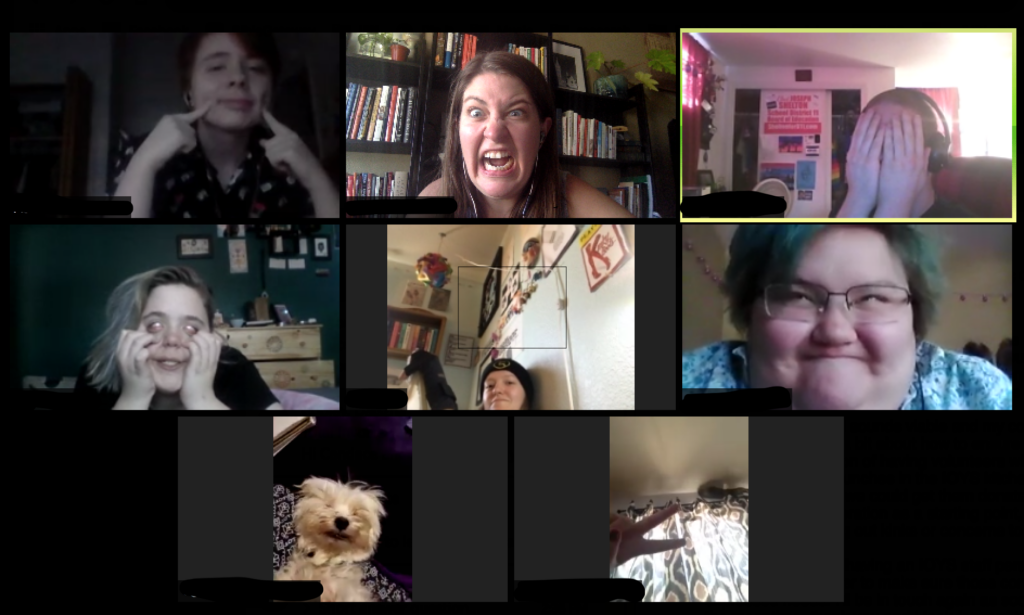
Helping youth find resources in El Paso County
The Place is a homeless shelter that provides drop-in services and temporary housing for youth in the community. It, along with the LGBTQ youth center Inside/Out Youth Services, advocates for young people's needs.
"I would say in the last two years, we've seen a really significant increase in the young people accessing our services who are currently experiencing homelessness," said Jessie Pocock, the director of Inside/Out.
But Pocock said it takes time to build relationships to understand what people need.
"They come to our doors with a backpack full of stuff. And sometimes they know how to navigate it, but most times they don't. And so eventually, they'll unzip it, and they'll say, can you help me with this," Pocock said.
Shawna Kemppainen, director of The Place, said for the both of them, their most important job is to listen.
"Youth fall into homelessness because something happened with the parents or adults in their life. That's the most common way--there's conflict in the family," Kemppainen said. "It's about building trust. It's more important than the shelter roof overhead. I mean, nothing else will work to help them see a way forward. Unless we're doing that."
Pikes Peak Continuum of Care connects homelessness organizations around El Paso County
Both organizations are a part of the Pikes Peak Continuum of Care, which aims to tackle homelessness county-wide through collaboration. The group helps distribute funding from HUD.
"Rather than submitting 20 applications to HUD all at the same time, we make one collaborative application [and] submit that on behalf of the entire region," said Evan Caster, who works with the continuum.
There are a little over 380 Continuums of Care across the country that coordinate the distribution of funds. Colorado has four: one that covers metro Denver, Boulder and Aurora; the Northern Front Range, which covers Larimer and Weld Counties; the Pikes Peak Continuum of Care; and a Balance of State, which covers everything else.
Along with allocating funding, Caster said the continuum tracks homelessness data across organizations in the county and facilitates a coordinated entry program. The program helps find permanent housing for people experiencing homelessness, like Tidwell.
One of the challenges of this work, said Caster, is collecting data that accurately reflects what's happening with people experiencing homelessness in the county. The usual metric that's quoted is a "point in time number," said Caster, which is a once-a-year count, usually in January, that notes the number of people in shelters and outside.
He said while it's an important metric, especially to receive HUD funding for services, the point-in-time number doesn't give the full picture.
"What we're realizing more and more is that that is one night out of the entire year," Caster said. "We really need to do a better job of talking about the whole year, talking about how people are coming in and out of systems, how they're returning one night, maybe staying with family or friends another night, and then could potentially return several months later."
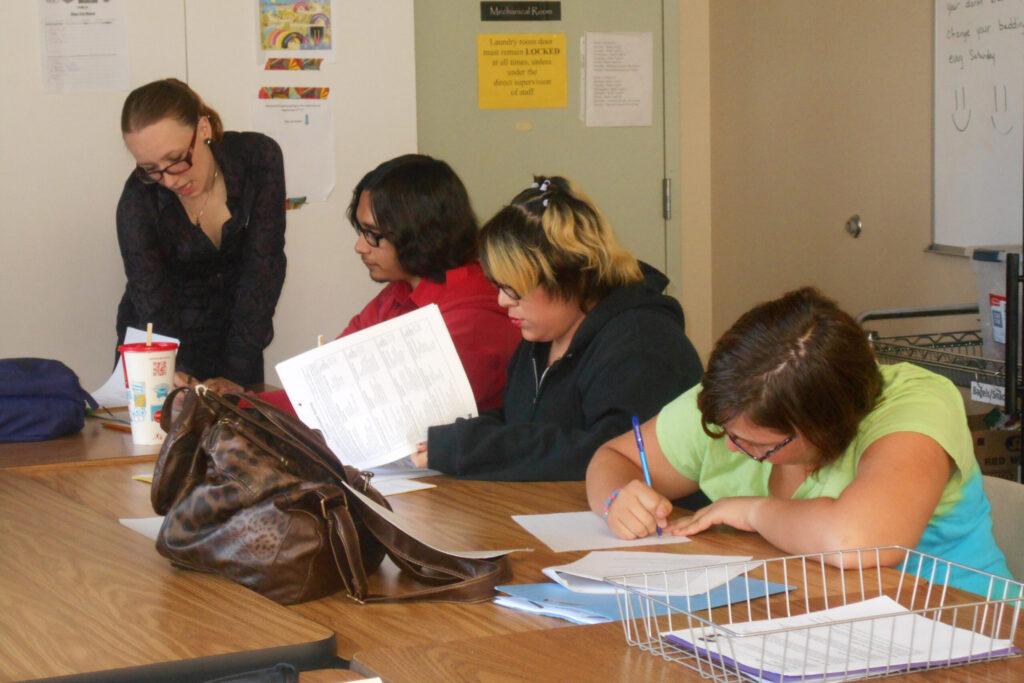
New data collection method helps target youth experiencing homelessness
One way Caster said they've begun to look at data differently is by zeroing in on specific populations that are considered high-risk for homelessness, like youth.
In early 2020, the Pikes Peak Continuum of Care started reporting more specific, system-wide data to a national collaborative focused on youth homelessness called A Way Home America. Colorado Springs is one of ten communities in the United States participating in the collaborative.
A Way Home America aims to end youth homelessness by rooting their data collection in equity: addressing the barriers that LGBTQ youth like Tidwell and youth of color in the community might face that could lead to entering and remaining homeless.
Kemppainen with The Place said organizations track and collect data every month, instead of once a year. She said it gives them a much better picture of how youth are moving through the system.
"We want to look at ... not just how many youth are in homelessness, [but] how many are entering homelessness each month? How many are leaving homelessness each month, how they're leaving home? What are the strategies that are working?" Kemppainen said.
Pocock with Inside/Out Youth Services said identifying and tracking outcomes for youth experiencing homelessness will hopefully lead to a clearer picture of what they need.
"It's what we can use to advocate for more resources, for more support, to confirm and affirm what we're seeing with our young people and to make the case clear to our city officials and state and folks across the board," Pocock said.
While Tidwell now has stable housing, she said there's still plenty of things to work through, like job security during a pandemic and figuring out how to live on her own. Many of her friends have aged out of services, she said, so she's dreaming of ways to help them down the line.
"I've been telling people one day, when I have the money, and I have the means, I want to build a place," Tidwell said. "Something, like, could be a community. People can learn how to live with each other and people can learn the skills that they need out in the real world. Because I feel like a lot of places missed that. I know I missed a lot of that."
Caster presented El Paso County's targeted approach to the state in August. He said he wants to use this data to make larger community strategy decisions to "create a safe space for these young people who are at risk of homelessness and prevent them from falling into the systems that keep them there longer."
Caster said this specific, system-wide data collection is still relatively new, but he's confident it will lead to better policy and make Colorado a leader in ending youth homelessness.
